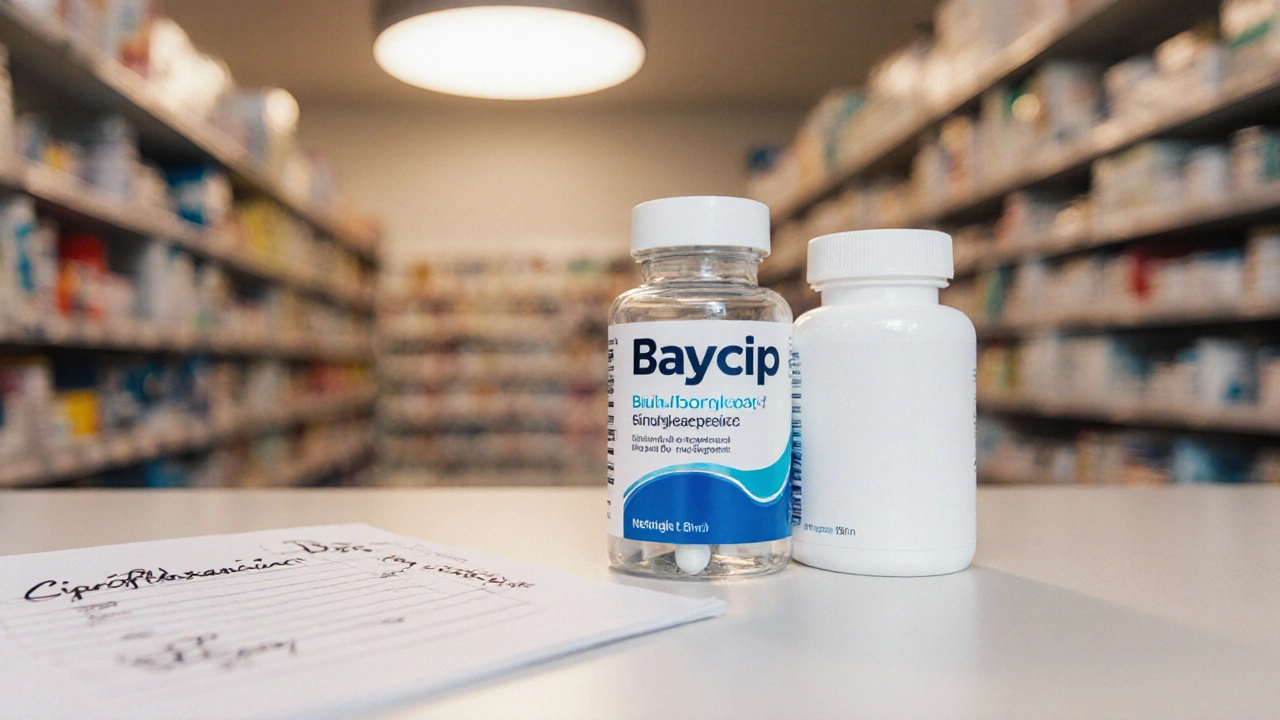Compare Antibiotics: How to Pick the Right Antibacterial Treatment
When you compare antibiotics, you’re weighing the strengths, risks, and best uses of different antibacterial medicines. Also known as antibiotic comparison, this process helps clinicians and patients match a drug to a specific infection while avoiding unnecessary side effects. Antibiotic resistance is the growing ability of bacteria to survive drug exposure adds urgency, because the wrong choice can fuel harder‑to‑treat strains. Likewise, bacterial infection refers to disease caused by pathogenic bacteria that need targeted therapy. Good stewardship – antimicrobial stewardship is the coordinated effort to use antibiotics responsibly – ties all three together, ensuring the right drug, dose, and duration for each case.
Key Factors to Consider When You Compare Antibiotics
First, look at the spectrum of activity. Broad‑spectrum agents hit many bacterial families, while narrow‑spectrum drugs hit only the culprit you’ve identified. Second, safety matters: some classes carry kidney warnings, others cause gut upset or rare allergic reactions. Third, dosing convenience influences adherence – a once‑daily pill often beats a three‑times‑daily regimen. Fourth, cost and insurance coverage can tip the balance, especially for community‑based patients. Finally, local resistance patterns, usually published in hospital antibiograms, should shape your pick; a drug that works elsewhere may be useless in your city.
These five attributes form a simple decision matrix that clinicians use every day. For example, a urinary‑tract infection caused by E. coli often responds well to a narrow‑spectrum oral drug, saving broad‑spectrum options for harder infections. By contrast, a deep‑tissue wound with mixed flora may need a broader agent until cultures return. In both scenarios, the goal is the same: eradicate the bacteria while preserving future treatment options.
Our collection below reflects this real‑world approach. You’ll find side‑by‑side tables that break down efficacy, safety, dosing, and cost for drugs ranging from classic penicillins to newer cephalosporins. Articles also dive into special populations – kids, pregnant women, and patients with renal impairment – because the rules shift when you adjust the dose for body weight or kidney function. In addition, several pieces explore how misuse of antibiotics fuels resistance, offering practical tips you can apply at home or in a clinic.
Whether you’re a pharmacy student, a primary‑care provider, or just someone trying to understand why your doctor prescribed a specific pill, these guides give you the facts you need to ask the right questions. You’ll see how the concepts of spectrum, safety, dosing convenience, cost, and local resistance intersect in everyday prescribing decisions. The articles also highlight emerging tools like rapid molecular testing, which can shorten the time between diagnosis and the right antibiotic choice.
Ready to dig into the details? Below you’ll discover detailed comparisons of common antibiotics, side‑effect profiles, and real‑world tips on using them wisely. Each post builds on the core ideas introduced here, giving you a clear roadmap from basic definitions to advanced stewardship strategies. Let’s get started and empower your next treatment decision with solid, evidence‑based information.
Baycip (Ciprofloxacin) vs Alternatives: A Practical Comparison
A detailed side‑by‑side look at Baycip (ciprofloxacin) versus common alternatives, covering effectiveness, safety, cost and how to choose the right antibiotic in Australia.





